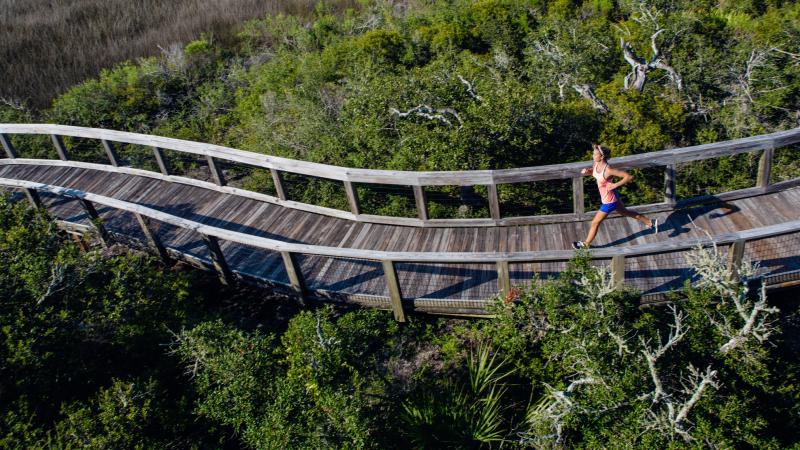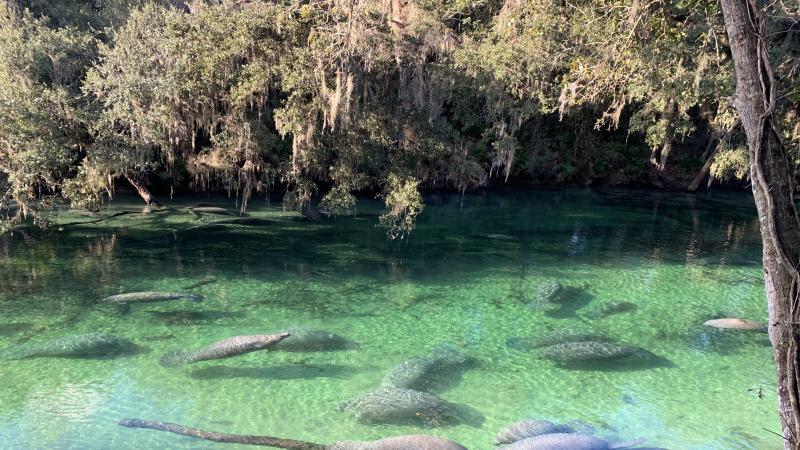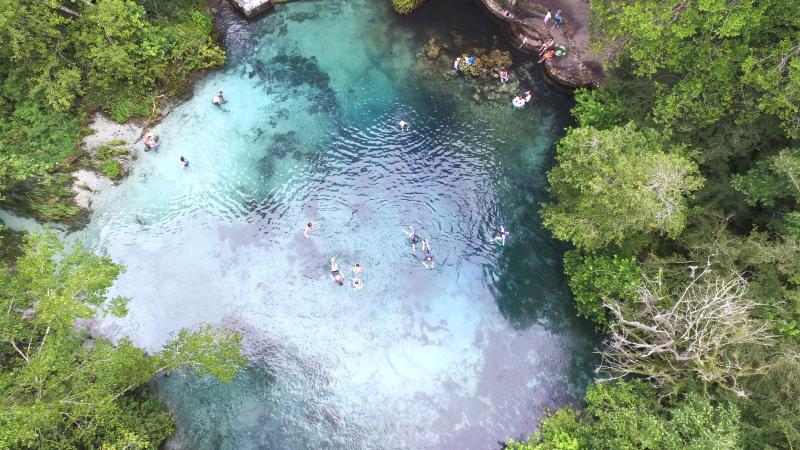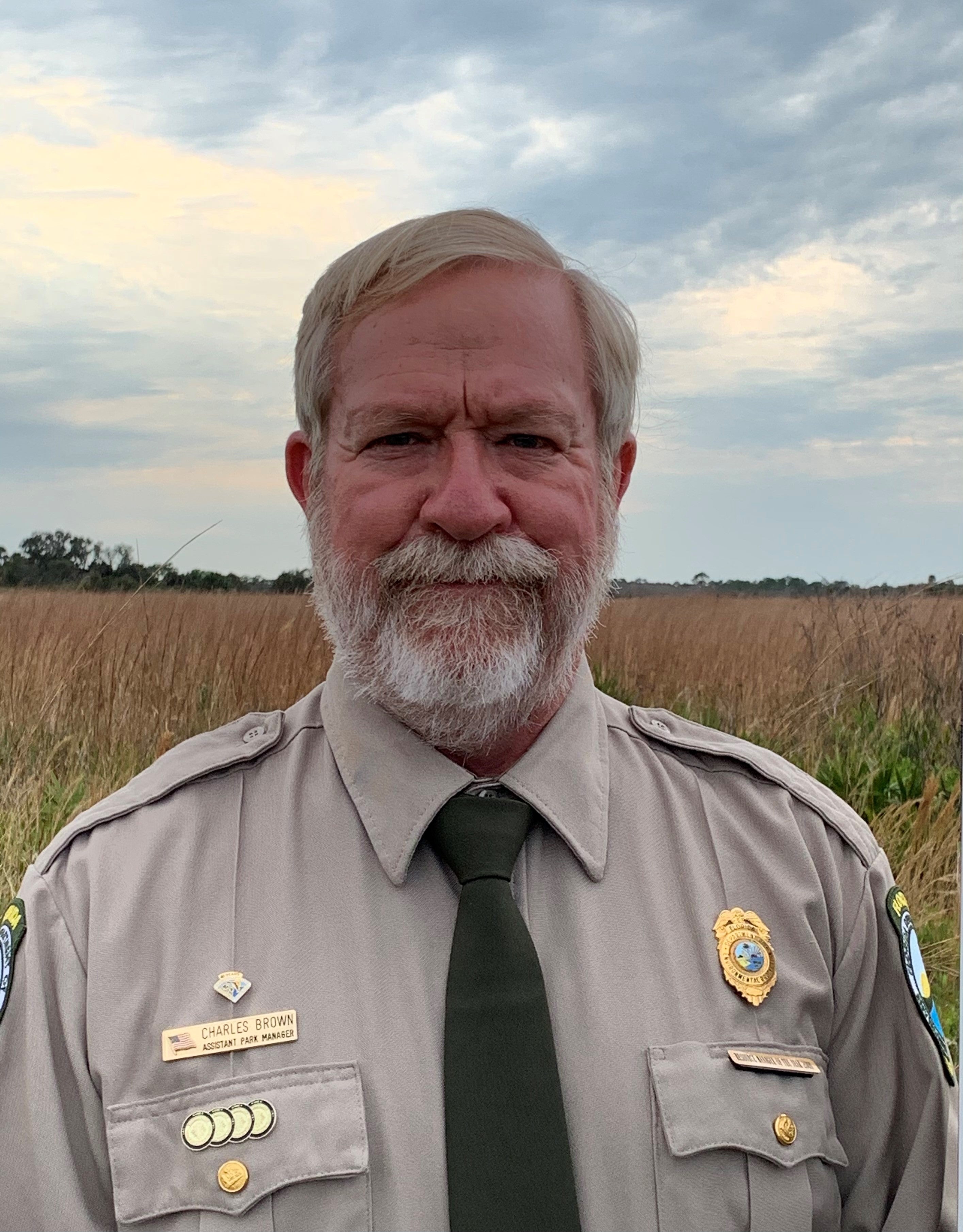
Burn Boss Q&A with Charles Brown
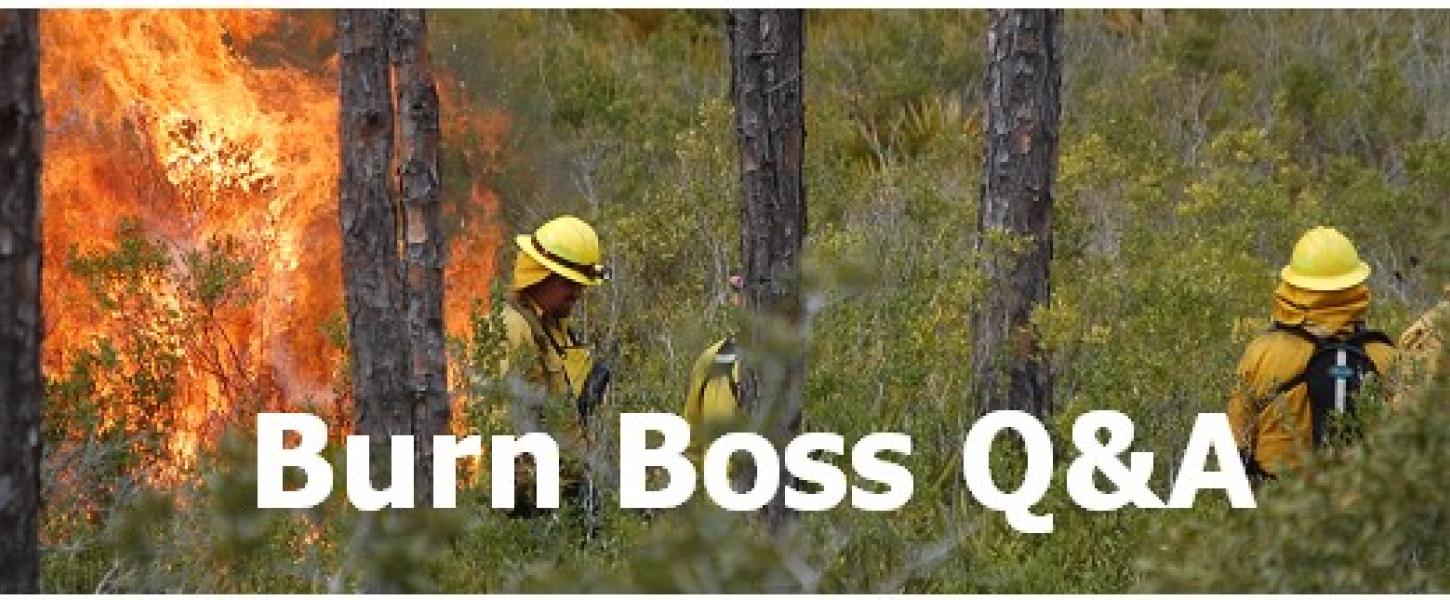
Interview with a Burn Boss: Charles Brown
What is the most difficult burn you have done? Tell us why it was difficult, and what situations drove you to make tough decisions, and what you did well, did that needed improvement and what you ultimately learned.
I met with the Florida Forest Service at midnight on the Myakka River State Park’s southern boundary to discuss an active 600-acre lightning strike in a 2,800-acre zone. The fire was burning into the prairie but was going out along our prepared boundary fire break. I could have let the Florida Forest Service come plow it out, but I asked and was given permission to burn out the zone if I could have a crew at the park by 8 a.m.
I notified the assistant district bureau chief at 12:30 a.m., then I began making calls and by morning I had 21 firefighters at the park for the briefing. The burnout was successful. The probability of the Florida Forest Service allowing me a burnout operation would have been next to zero if we had not had such a well-prepared fire break that ensured the fire would stay on park property and within the zone. Kudos went out to park staff (all four of them) that were up the rest of the night getting ready for the burnout and to the firefighters that responded on such short notice.
What are the top 10 qualities of a successful burn boss?
- Is forever a student in the application of fire as a resource management tool.
- Is nervous before each burn.
- Is prepared.
- Shows common sense.
- Listens to their crew bosses.
- Shows confidence in their decisions.
- Has confidence in the decisions of their crew bosses.
- Ever watchful for changing conditions.
- Has learned to anticipate contingencies.
- Respects their crew.
What do you think is the best way to foster a burn culture among many responsibilities?
Handling prescribed fire responsibly with qualified burn bosses, crew bosses and crews that safely keep fire within the lines while meeting the goals and objectives will build respect for our program. This respect within our own fire program is then recognized by Florida Forest Service, U.S. Fish and Wildlife Service, U.S. Forest Service, The Nature Conservatory, and most of all, the public, which then develops into confidence in our abilities to carry out our resource management mission.
What advice do you have for someone who is just starting out in the world of fire management?
Listen. Watch. Learn. Then keep listening, keep watching and keep learning. Ask questions!
What are the most common factors that trigger you to decide not to burn after having received a Florida Forest Service authorization?
I have decided not to burn when weather changes beyond prescription parameters; unfavorable conditions on the ground once I have gotten to the burn site on the day of the burn; equipment issues, personnel issues and gut instinct (sometimes it is not any one thing that I can put my finger on).
What are some of the roadblocks to considering a management zone as 'burnable,' and how are do you overcome these?
- Amount of time of fire exclusion. Mechanical treatment may be necessary and/or changing the time of year or conditions in which it is burned.
- Conditions of adjacent management zones may play a factor in a decision to not burn a zone. Additional fire line preparations may work, or you may have to burn the adjacent zone first.
What are some of the components of a great burn team?
Mutual trust and respect in the knowledge and ability of each team member. The attitude of the leadership shapes this trust and respect.
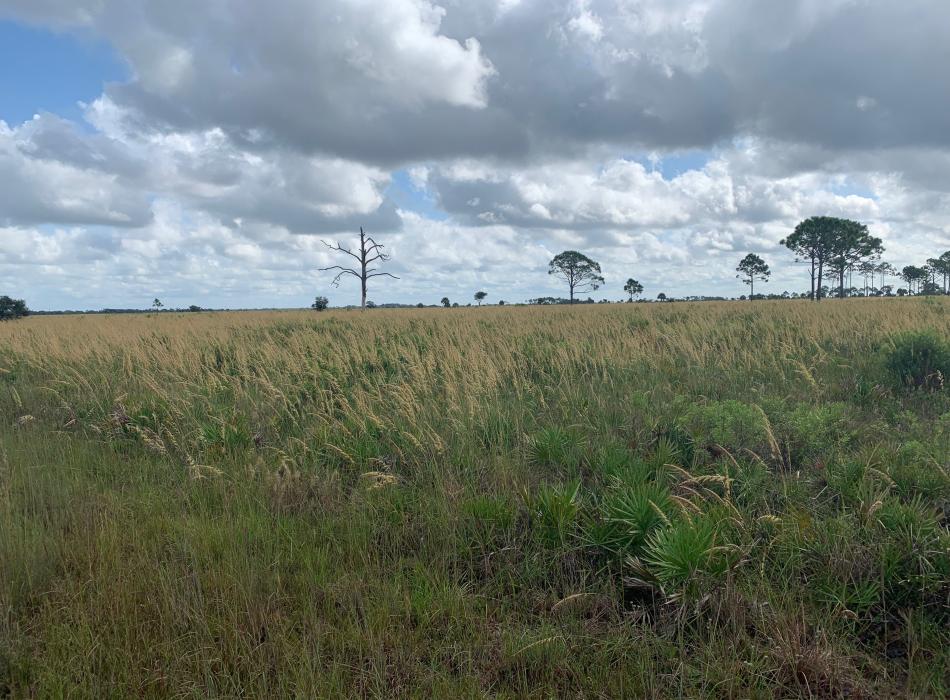
What do you think about varying time of year for burning maintenance zones to maintain diversity?
It depends: Are you talking about varying the burns within the growing season or dormant versus growing season? What are the goals and objectives of the burn? Is it merely to apply fire within a certain burn interval or is it to stimulate a vegetative response to produce seeds, or burn a zone during the dormant season to reduce fuels to increase diversity?
Is burning the only answer to maintaining a natural community?
No. Most Florida ecosystems were shaped by fire and water. Due to human influences on Florida ecosystems, we unfortunately cannot rely on fire and water alone to get our natural communities back into their pre-human state. Many tools must be used to get them as close as possible to that level and to maintain them for future generations.
Do you have a burn mentor?
We did not call them mentors back in the day, just someone I respected and learned from.
Who? A retired park manager.
What is the most important thing you learned from them? To not overtax the burn crew!
About the Author

Charles Brown was introduced to prescribed fire as a student at the University of Florida in 1977. His career with the Florida Park Service began in 1978 as a seasonal park ranger at Devil’s Millhopper Geological State Park. In 1979, he became a full-time park ranger at Paynes Prairie Preserve State Park. While there, he became a law enforcement officer for the park and finished his Bachelor of Science degree in wildlife ecology at the University of Florida.
He became a certified burner in 1990 following a growing season burn on the prairie basin. The vegetative response was impressive: A monoculture of maidencane became a mosaic of maidencane, pickerelweed and American lotus.
In 1994 he was promoted to Myakka River State Park as the assistant park manager. In 2003, he became the park manager at Kissimmee Prairie Preserve State Park, where he received the coveted Jim Stevenson Resource Manager of the Year Award in 2009.
He is credited with burning over 30,000 acres in one year at Kissimmee Prairie Preserve State Park.
He has also worked at Highlands Hammock and Lake Manatee state parks. So far, he has participated in prescribed fire on more than 173,000 acres on 294 burns.
About the Burn Boss Q&A Series
Florida’s state parks add tremendous value to Florida’s natural environment. The division’s burn bosses lead the efforts to implement fire plans in ecosystems that require fire for maximum health. This project highlights the diverse, balanced and quality professional workforce of burn bosses by having them share lessons learned with other staff members. Select staff were presented with 20 questions. They are asked to answer three to five of them.
